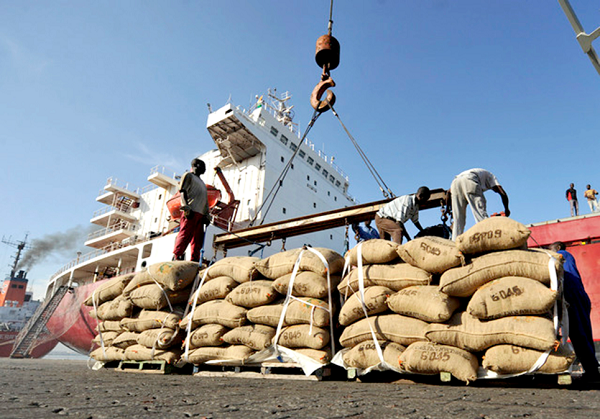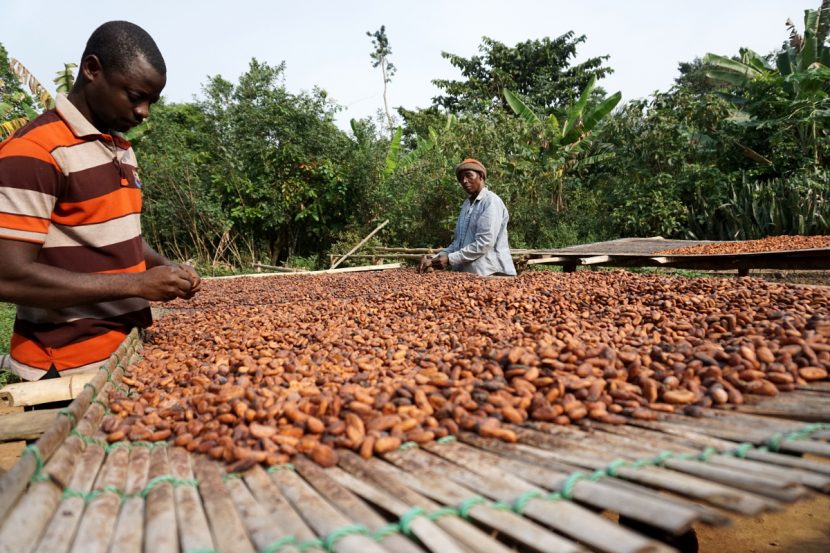The total stock of public debt has increased from GHS 258.8 billion in June 2020 to GHS263.1 billion at end of July this year. As a percentage of GDP, the current figure represent 68.3 percent as compared to 67.2 percent in June.
This is according to recent macroeconomic and financial data released by the central Bank of Ghana (BOG) on Friday, September 25, 2020.
The Bank of Ghana attributed the rise in the debt stock to low revenue and increasing expenditures over and above the target in the first seven months of the year.
The Bank of Ghana stated in the monetary policy committee report released on Monday, September 28, 2020 that “provisional data on budget execution for the first seven months, showed an overall budget deficit of 7.4 percent of GDP, against the revised target of 7.2 percent of GDP as the COVID-19 pandemic continued to impact fiscal operations.
“The primary balance also recorded a deficit of 3.7 percent of GDP, above the planned target of 3.4 percent of GDP. Over the review period, total revenue and grants amounted to GH¢27.7 billion compared with the target of GH¢26.8 billion. Total expenditures and arrears clearance amounted to GH¢56.2 billion, above the target of GH¢53.3 billion”.
These developments, according BOG, “impacted the stock of public debt which rose to 68.3 percent of GDP (GH¢263 billion) at the end of July 2020, compared with 62.4 percent of GDP (GH¢218.2 billion) at the end of December 2019”.
The year-on-year analyses showed an increment of 28 percent over the past one year. This is because in July 2019, the total stock of public debt was GH206.1 billion as compared to the current figure which stands at GHS263.1 billion in July 2020.
The total stock of public debt has for the past seven months of the year been on the rise. In January, the stock of public debt stood at GHS219.6 billion representing 57.0 percent of GDP. This however, increased steadily to end the first quarter at 61.4 percent, with a nominal value of GHS236.7billion. As at the end of the second quarter in June 2020, public debt galloped to GHS 258.8 billion which accounts for 67.2 percent of the county’s GDP.
According to the current data released by the BOG, domestic debt component of the total debt stock has increased from GH¢122.1 billion (31.7% of GDP) in June to GHS125.1billion (32.5% of GDP) at the end of July. The domestic debt as at the end of January 2020 stood at GHS107.5 billion representing 27.9 percent of GDP.
Conversely, external debt was GH¢138.0 billion (35.8% of GDP), representing 52.4 percent of the total public debt. In July 2019, external debt was GHS107.8 billion representing 30.9 percent of GDP.
The Bank of Ghana explained that “the price movements, especially for crude oil, impacted adversely on the external sector. In the first eight months of the year, total exports contracted by 9 percent year-on-year to US$9,622.3 million, driven mainly by the sharp decline of US$1,142.5 million in crude oil export receipts due to the drop in prices.

“Gold and cocoa export earnings however increased by about US$400 million on account of favorable prices and production volumes. Total imports also contracted by 9.2 percent to US$8,304.3 million on account of a 28.6 percent and 4.7 percent contraction in oil and non-oil imports, respectively.

“These developments resulted in a lower trade surplus of US$1,318.0 million (2.0 percent of GDP) in the first eight months of 2020, compared with US$1,421.0 million (2.1 percent of GDP) in the same period of 2019”.
With regards to trade, BOG added that, “prices of the key export commodities continue to trade mixed in the year to August 2020. Crude oil prices have declined by 30.9 percent from the beginning of year to August 2020 primarily due to low demand as a result of the COVID-19 pandemic”.























